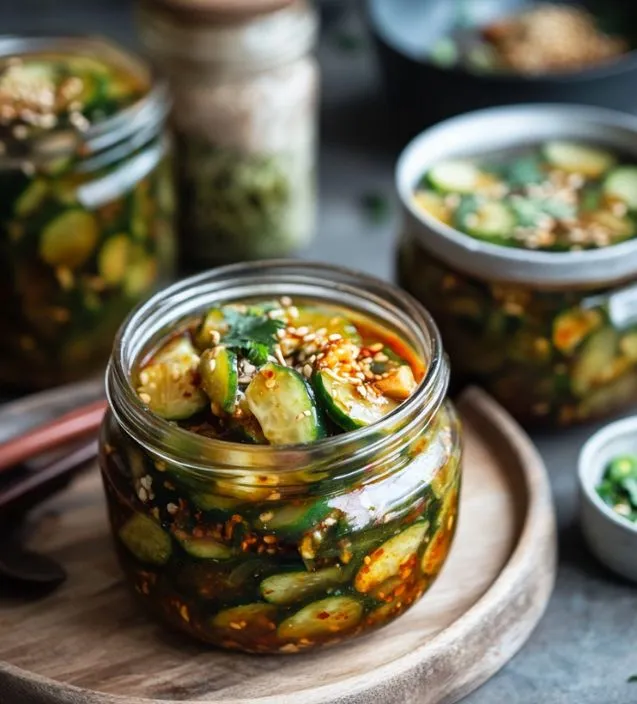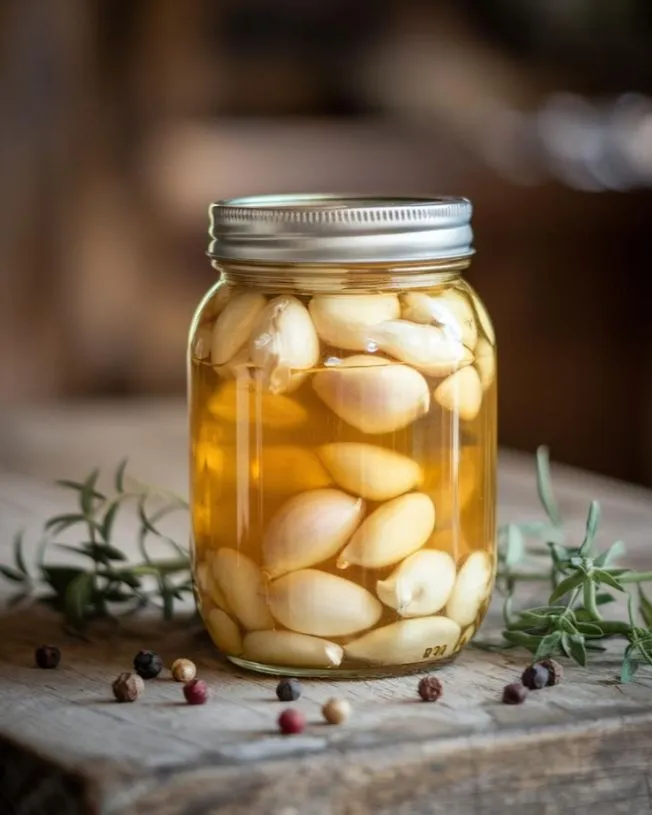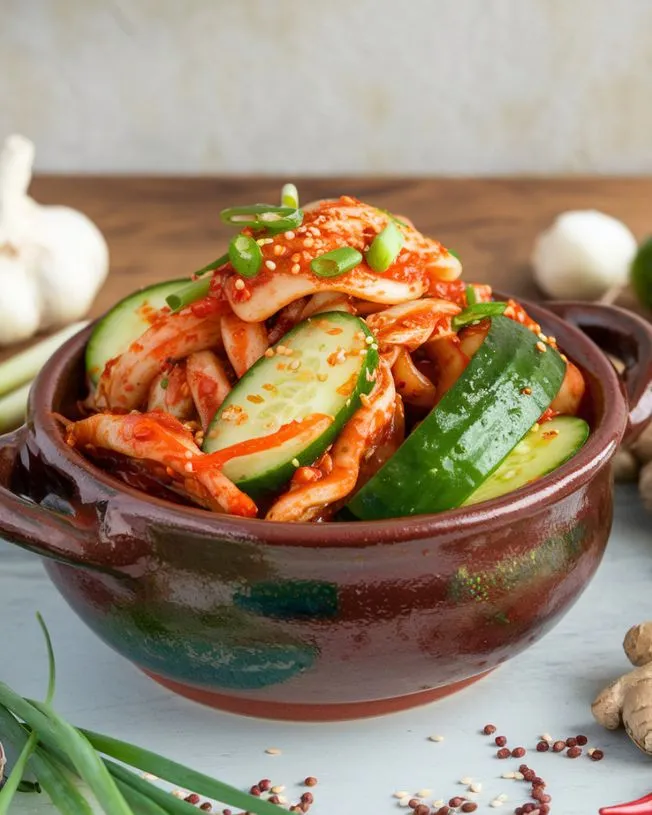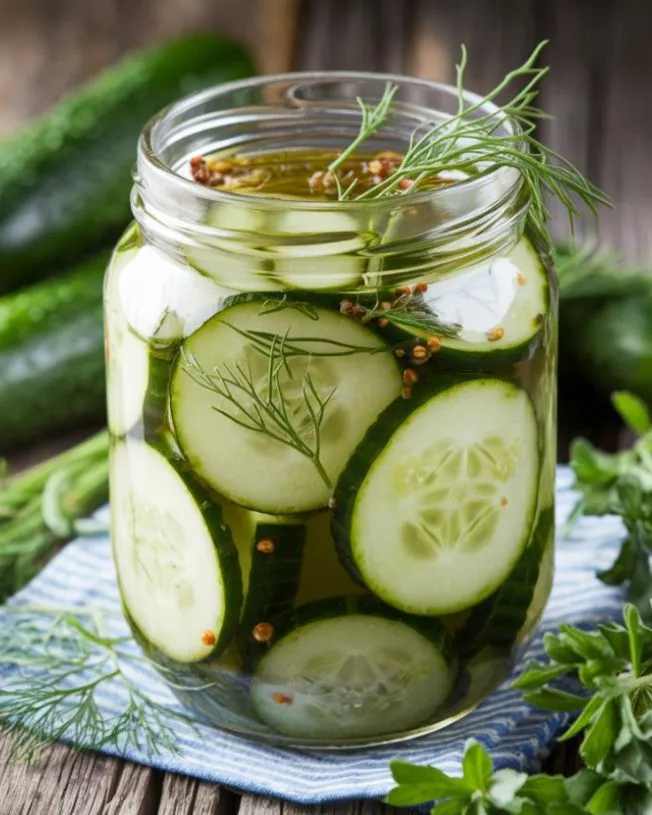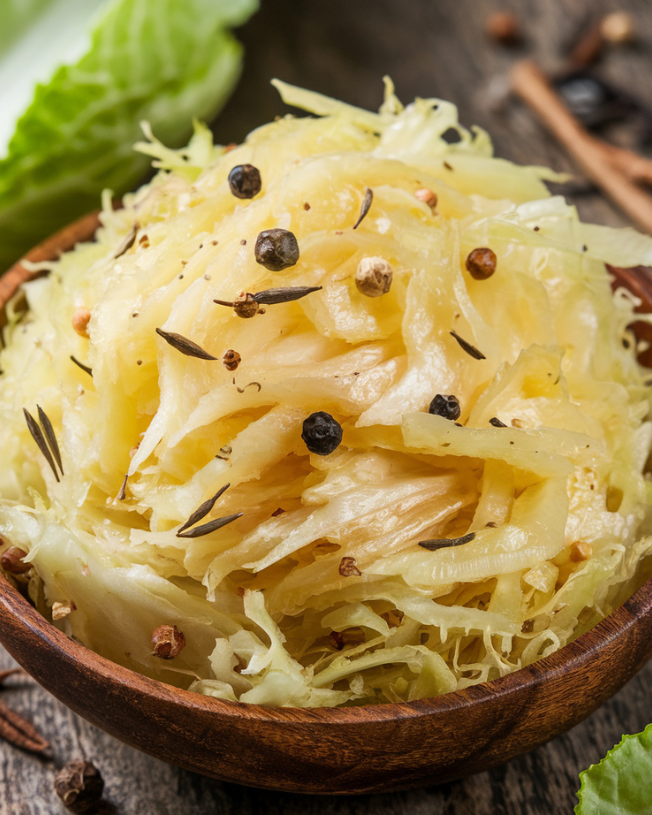If you’re a fan of spice, you know that a good hot sauce can transform even the simplest dish into a flavorful experience. But what if I told you that the best hot sauce you’ll ever taste could be made in your own kitchen, from scratch? That’s right – homemade fermented hot pepper sauce isn’t just delicious, it’s full of health-boosting probiotics and packed with flavors you can’t get from store-bought varieties.
Table of Contents
ToggleWhy Fermented Hot Pepper Sauce?
The process of fermenting hot sauce is simple but magical. When you ferment chili peppers, garlic, and other ingredients, you’re allowing beneficial bacteria to work their magic. The result is a sauce that’s not only more complex in flavor but also richer in probiotics, promoting good gut health. After all, fermented foods have been celebrated for centuries for their ability to improve digestion and boost immunity.
I remember making my first batch of fermented hot pepper sauce – I was nervous but curious. The moment I tasted the finished product, I realized that my homemade version was far superior to any commercial hot sauce I’d tried. Not only was it a satisfying heat, but the tangy, deep flavors of fermentation really stood out.
Essential Ingredients for Homemade Fermented Hot Pepper Sauce
Making your own fermented hot pepper sauce requires just a few ingredients, many of which you probably already have in your kitchen. Here’s what you’ll need:
- Chili Peppers: Choose the type of chili based on how hot you want the sauce to be. Jalapeños are mild, while habaneros and Thai bird chilies are much hotter.
- Garlic: Fresh garlic will give your sauce an added depth. Feel free to adjust the quantity of ingredients according to your personal preference.
- Salt: The right amount of salt is essential for the fermentation process. It helps encourage beneficial bacteria while keeping harmful bacteria at bay.
- Water: To create the brine, you’ll need clean, non-chlorinated water.
- Vinegar (Optional): Some recipes call for vinegar, but it’s not necessary if you want to stick purely to fermentation.
Optional Additions
You can experiment with other ingredients to customize your hot sauce:
- Fruits: Mangoes, pineapple, or peaches add sweetness to balance the heat.
- Spices: Cumin or smoked paprika add complexity.
- Onions: A mild, savory depth.
Step-by-Step Guide to Making Fermented Hot Pepper Sauce
Creating fermented hot pepper sauce is surprisingly easy once you get the hang of it. Here’s how you can make your own:
1. Prepare the Chili Peppers
Choose your chili peppers and slice them. I recommend using a variety for added complexity. If you prefer a milder sauce, remove some of the seeds, but leave them in if you want an extra punch.When working with hot peppers, be sure to wear gloves to prevent skin irritation.
2. Add Garlic and Other Ingredients
Peel and crush fresh garlic cloves. Add these to the jar along with any additional ingredients you want – like fruit or herbs. Once everything is in the jar, leave about an inch of space at the top to allow for the fermentation process.
3. Create the Salted Brine
For every two cups of water, add about 2 tablespoons of salt. Stir until the salt dissolves, and then pour it over the peppers and garlic, ensuring everything is submerged. If necessary, use a fermentation weight to keep everything submerged.
4. Let the Fermentation Begin
Place a clean cloth over the jar and store it in a cool, dark spot for 5 to 7 days. During this time, beneficial bacteria will develop, and you’ll notice bubbles in the jar – that’s a sign that the fermentation is happening! Make sure the peppers stay submerged.
5. Blend the Sauce
Once the fermentation process is complete, blend the contents into a smooth sauce. Taste the sauce along the way and tweak the seasonings if needed. You can add more salt, vinegar, or spices to balance the heat and tanginess.
6. Store and Enjoy
Transfer the finished sauce to bottles or jars and store it in the fridge. Your homemade fermented hot sauce will last for several months, and it will continue to develop flavor even after you’ve made it.
.
Tips for Success
- Fermentation Temperature: Keep the jar in a warm, but not hot, area (about 60-75°F or 15-24°C) to encourage proper fermentation.
- Taste Along the Way: Check the sauce every couple of days to make sure it’s fermenting as expected. You can adjust the salt or vinegar if needed.
- Don’t Skip the Salt: Salt is crucial for creating the right environment for fermentation and for preserving the sauce.
The Health Benefits of Fermented Hot Pepper Sauce
Fermented hot pepper sauce isn’t just flavorful – it’s healthy too! The fermentation process introduces probiotics into the sauce, which help maintain a healthy gut microbiome. Eating fermented foods regularly is linked to improved digestion, a stronger immune system, and even better skin.
What’s more, the chili peppers used in the sauce contain capsaicin, which has been shown to boost metabolism and support fat burning. So while enjoying the heat, you also boost your body’s health.
Creative Variations for Your Fermented Hot Pepper Sauce
Once you’ve mastered the basic fermented hot sauce recipe, feel free to experiment!
Here are some exciting variations to explore:
- Smoky Hot Sauce: Add smoked paprika or chipotle peppers for a smoky flavor.
- Fruit-Infused Hot Sauce: Mangoes or pineapple bring a sweet counterpoint to the heat.
- Herb-Infused Hot Sauce: Try adding fresh cilantro or basil for a fresh, herbal twist.
- Extra Spicy Hot Sauce: Add extra hot peppers, such as ghost peppers or Carolina reapers, for an intense heat experience.
If you loved this recipe, please consider giving it astar rating and sharing
your experience in thecomments below!
More Fermented Recipes you’ll love:
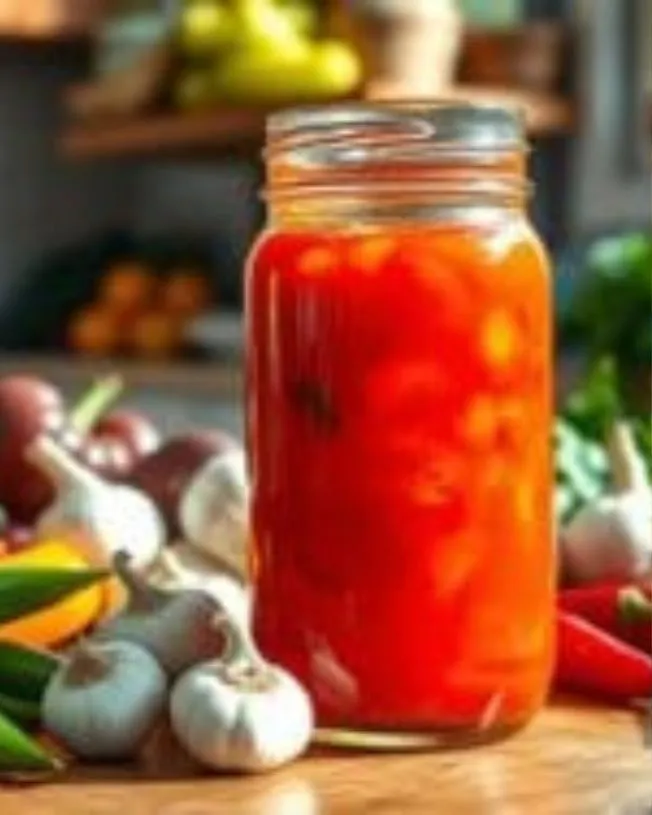
Fermented Hot Sauce
Ingredients
- Hot Peppers 500g / about 1 lb
- Use any variety you love: jalapeños habaneros, or cayenne. A mix adds complexity!
- Garlic 4-6 cloves
- Adds depth and a savory kick.
- Salt 2 tablespoons, preferably sea salt
- Essential for fermentation. Establishes an ideal environment for the growth of beneficial microbes.
- Water 2 cups filtered or non-chlorinated water
- Prevents interference with fermentation microbes.
- Optional Additions:
- Onion ½ small onion, diced for sweetness.
- Carrots 1-2 small, chopped to mellow out heat.
- Fruit mango or pineapple for a tropical twist.
- Spices 1 tsp of cumin or smoked paprika to enhance flavor.
Instructions
Prepare the Ingredients
- Wash the hot peppers thoroughly. Remove the stems and chop them into small pieces (you can keep the seeds for extra heat).
- Peel the garlic and roughly chop any additional vegetables like onions or carrots.
Create the Brine
- In a clean jar, dissolve 2 tablespoons of salt in 2 cups of filtered water.
Pack the Jar
- Layer the peppers, garlic, and optional ingredients (e.g., onion or fruit) into the jar. Pack them tightly but leave about 1 inch of space at the top.
Add the Brine
- Pour the salted water into the jar until the ingredients are fully submerged. Use a fermentation weight or small plate to keep them below the liquid level.
Cover and Ferment
- Cover the jar with a clean cloth or fermentation lid to allow air circulation while preventing contaminants.
- Store in a cool, dark place for 5-7 days (or up to 2 weeks for a more complex flavor). Check daily to ensure everything stays submerged.
Check Fermentation Progress
- After 5 days, taste the brine. It should have a tangy, slightly sour flavor. Continue fermenting if desired.
- Blend the Sauce
- Once fermentation is complete, transfer the mixture (peppers and brine) to a blender. Blend until smooth. Adjust the texture by incorporating extra brine or water to achieve your desired consistency.
Season and Strain
- Taste the sauce and adjust with salt or spices like smoked paprika.
- For a smoother texture, strain the sauce through a fine mesh sieve.
Bottle and Store
- Pour the sauce into sterilized bottles or jars. Keep it stored in the refrigerator, where it can last for several months while maintaining its flavor.
- Use your fermented hot sauce to spice up tacos, eggs, or grilled dishes!
Video
Notes
- Adjust the Heat: If you’re not into super spicy sauces, swap out some of the hot peppers for milder ones like bell peppers or add a touch of sweetness with fruits like pineapple or mango.
- Safety First: Handling hot peppers can irritate your skin and eyes. Trust me, gloves are your best friend here—I learned that the hard way!
- Fermentation Tips: If you see bubbles or a slightly tangy aroma, that’s a good sign your fermentation is on track. Ensure that all ingredients remain fully submerged in the brine during fermentation for optimal results.
- For a smoother sauce, pass the blended mixture through a fine-mesh strainer to remove any solids.
- Custom Consistency: For a thicker sauce, reduce the amount of brine when blending. Would you prefer a smoother finish?
- Flavor Experimentation: This recipe is a great base for experimentation. To tweak the flavor profile, try adding smoked paprika, cumin, or even a splash of vinegar post-fermentation.
- Storage Note: While it’s tempting to use the sauce immediately, letting it sit in the fridge for a few days after bottling enhances the flavors beautifully.
- Pairing Suggestions: This sauce is fantastic on tacos, eggs, roasted veggies, or even as a marinade for chicken. Share how you use it in the comments—I’d love to hear your ideas!
Fermenting Flavor and Wellness
Making your own fermented hot sauce is such a rewarding experience! It’s simple, fun, and leaves room for your creativity to shine. Plus, nothing beats the fresh, tangy kick of homemade hot sauce. Give it a try, and don’t forget to experiment with flavors to make it your own. I’d love to hear how it turns out, so drop a comment and share your spicy journey!

 star rating and sharing
star rating and sharing  comments below!
comments below!
